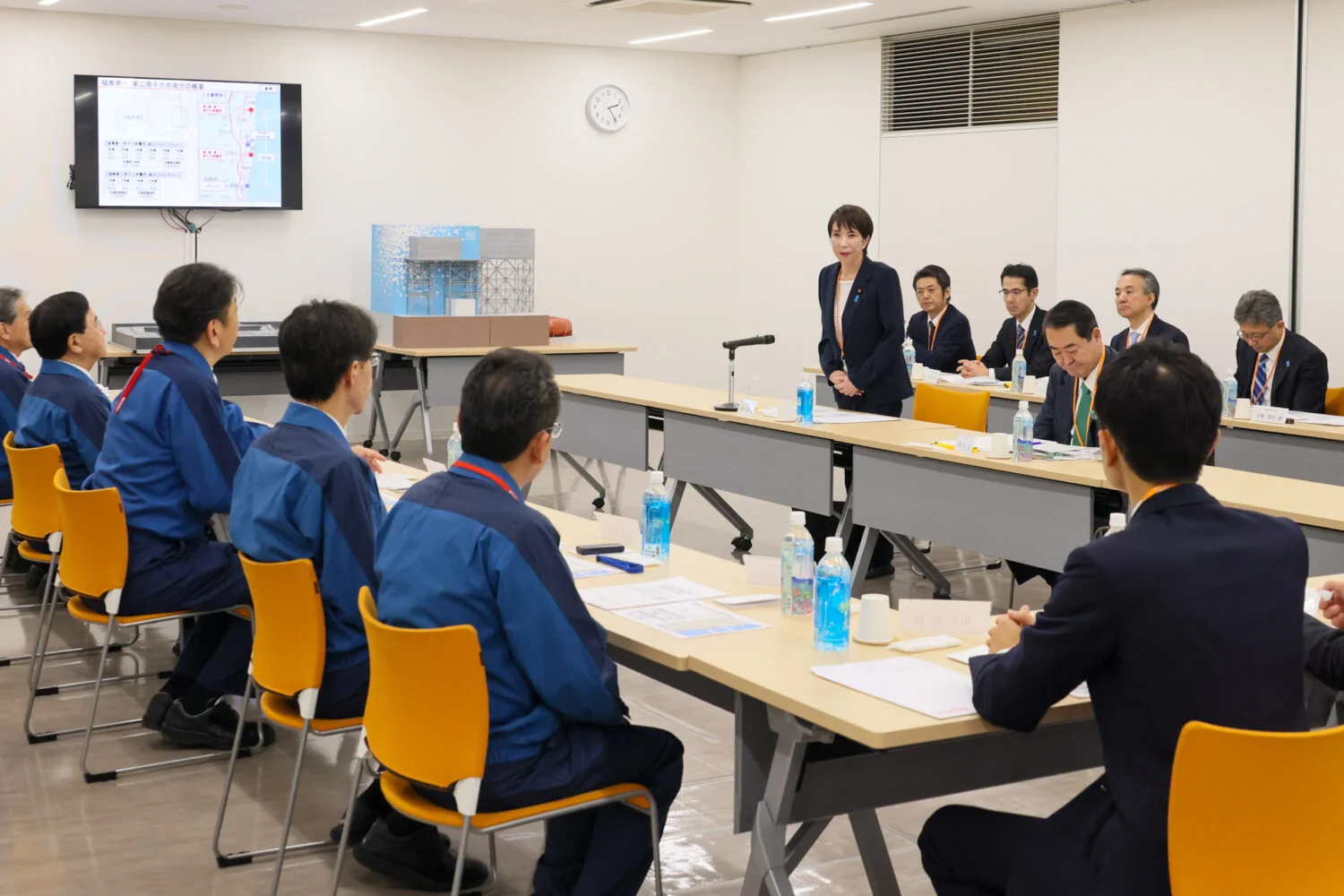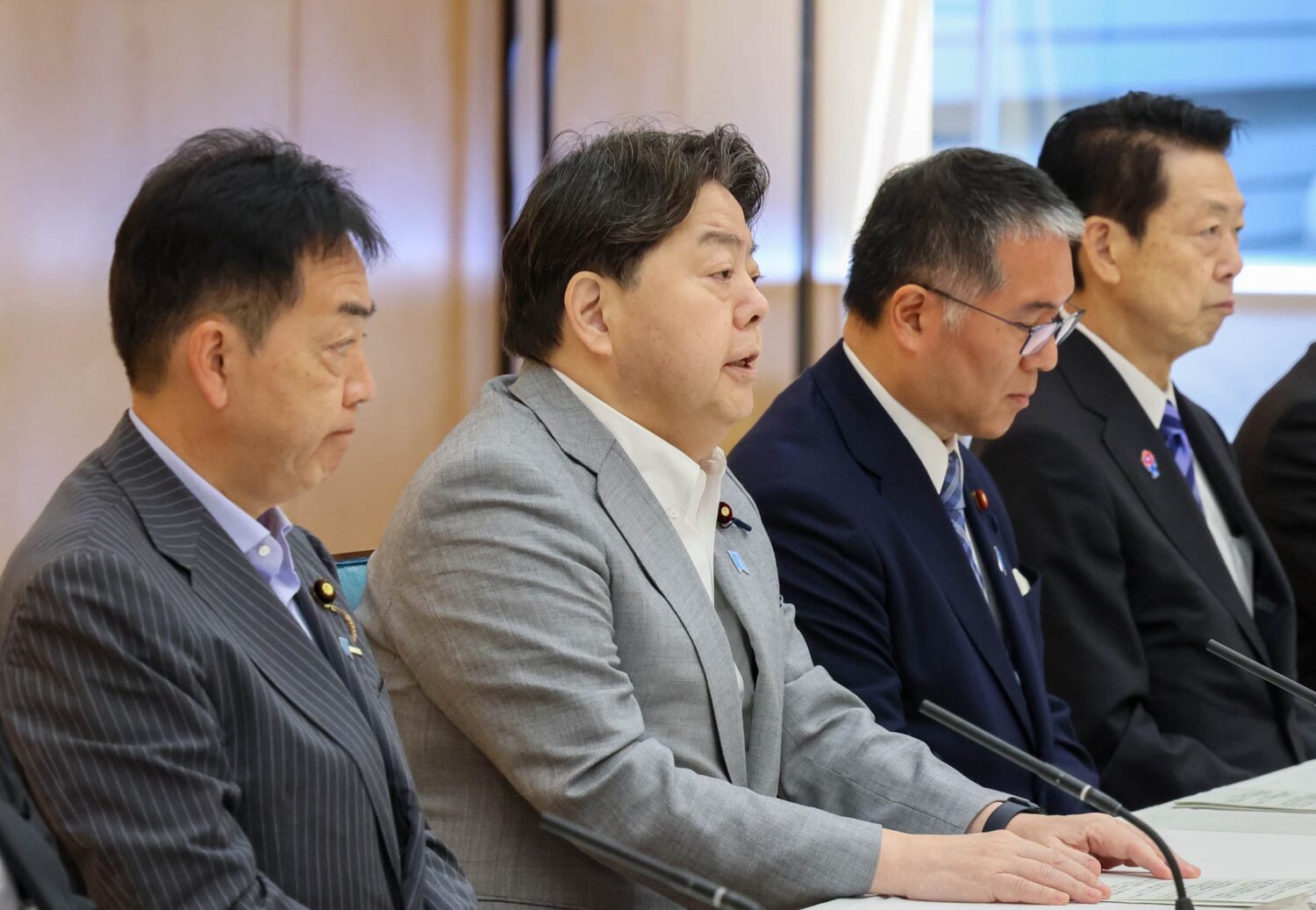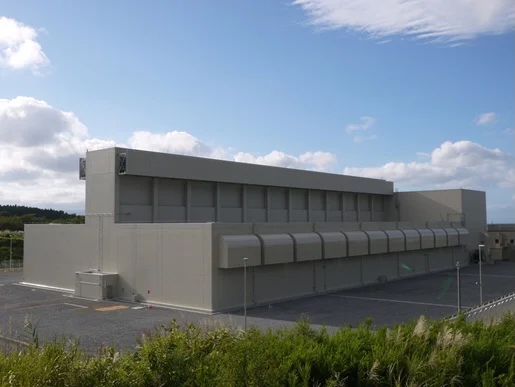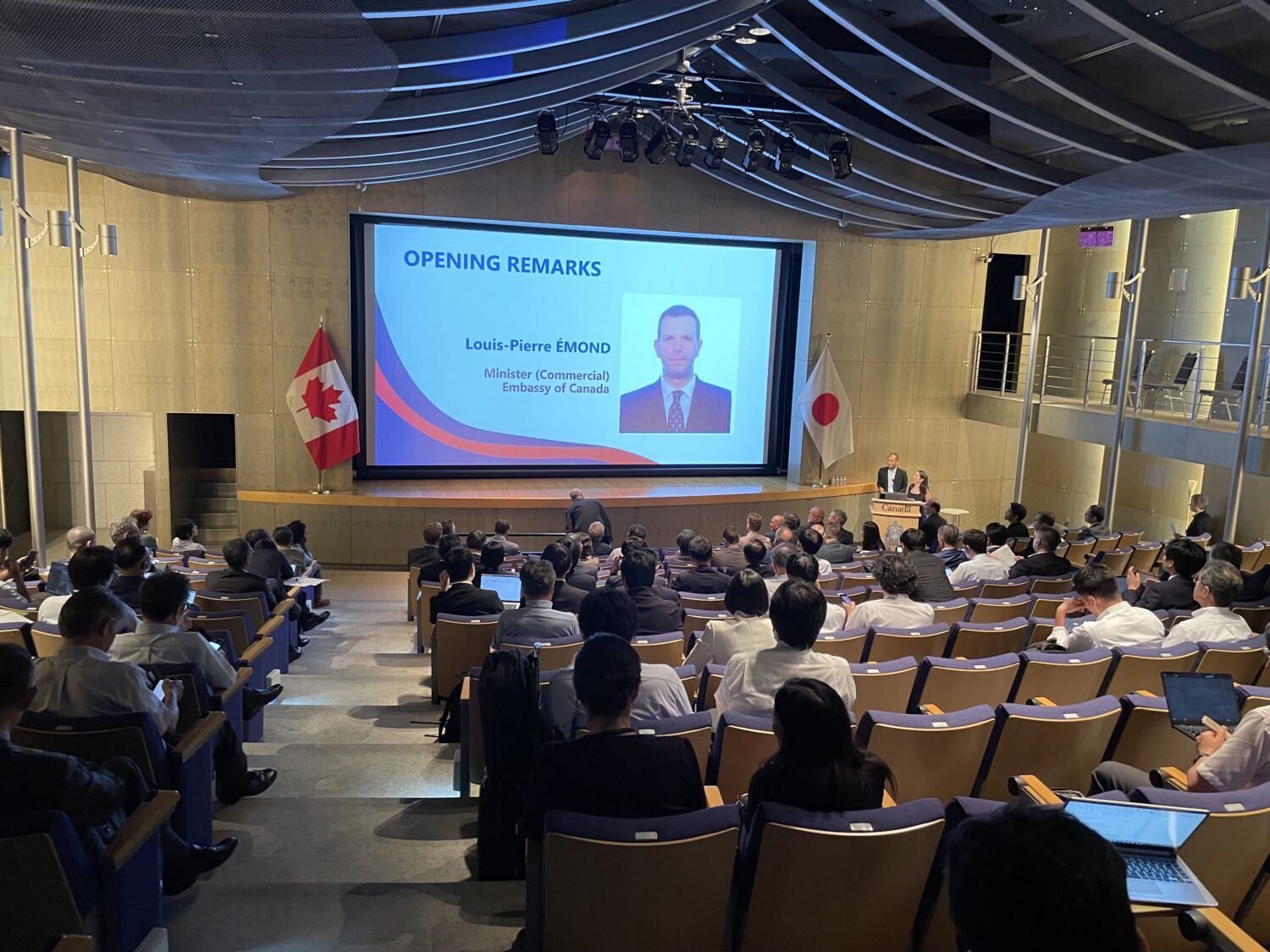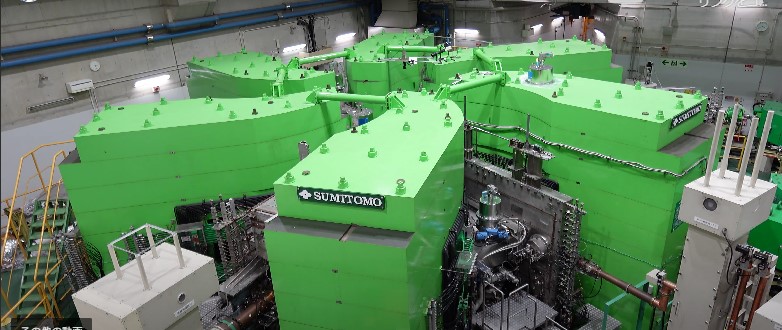Masaharu Tsubokura, M.D.
Chief researcher at the Institute of Medical Science, University of Tokyo
Shuttling between Tokyo and Fukushima, Dr. Tsubokura works also at the Soma Central Hospital and the Minamisoma City General Hospital.
JAIF: It has been a little more than five years since the accident at the Fukushima Daiichi Nuclear Power Plants. What do you think has changed in people’s understanding of radiation in Fukushima?
Dr. Tsubokura: Radiation is not something that comes up in daily conversation anymore. In Soma City and surrounding areas, we can now live normally without being concerned about it. The number of residents visiting hospitals for radiographic examinations has decreased, as have people’s interest in and concern about it.
That, however, does not mean that unease about radiation has diminished, or that people actually understand it better. I think it is more the case that, in trying to escape the worry, people have made it something that they do not want to deal with anymore.
JAIF: We know that you worked as a doctor of hematology in Tokyo before the earthquake. How have you changed in your five years of dealing directly with patients in Fukushima, since early April in 2011?
Dr. Tsubokura: I have come to realize that whether or not one is healthy is not something decided by a hospital. We are taught in school to look not only at the illness, but at the person. We must see not only the immediate symptoms of the patient in front of us, but must understand the conditions under which he or she lives—too busy to take a rest; the kind of bed at home; and the like. This is what is really important when it comes to radiation effects. For example, the worsening of chronic conditions due to living as an evacuee is more of an issue than the cancer risk of radiation. It is, of course, important to assure people that their exposure is so low that there is no need to worry. But people are not satisfied by hearing that alone, and still cannot decide whether to live there or not.
At the beginning of the disaster, I didn’t understand, with exposure dose being low, why people wouldn’t return home? I’ve learned more, gradually, through associations with various people. To a mother who doesn’t want to be exposed to any more radiation, it means nothing to tell her that food in Fukushima is now safe. Residents made their decisions to evacuate voluntarily for individual and different reasons, which caused various problems and conflicts.
I sense the mothers’ internal conflicts, too. For example, telling a mother—who may have decided to evacuate voluntarily, for the sake of her children, and who struggled a lot— that radiation levels don’t affect health is a challenge to her decision and judgment. I think such things are difficult.
JAIF: Please tell us about your efforts to educate people about radiation, including meetings and seminars with residents and the booklet* you published.
Dr. Tsubokura: At the beginning, we didn’t know what to do and were groping for ideas and help. Out of that, a network was created and those connections are still active. I came to know a civic group called “Veteran Mothers’ Society”, which helps and supports young mothers and children in Minamisoma City. A member of the group who ran a cram school in the city proposed to me that I should teach a radiation class to the cram school students. I then did the same at elementary, junior-high and high schools, something I still do. For the residents, I explained radiation at large lecture meetings and to smaller groups. I also have conducted radiographic examinations of small children using a whole body counter (WBC) and I think I have talked with more than a thousand mothers.
From the beginning, residents’ exposure doses measured by the WBC were less than those at Chernobyl, by two or three orders of magnitude. I had not expected the measurements to be particularly high, but I wondered why they were so low in relative terms. Through the efforts of an acquaintance in the field of radiation measuring equipment, I had the opportunity to visit Ukraine at the end of 2011. There, seeing the effects of internal exposure from eating locally produced mushrooms and reindeer meat, I understood the difference. In the case of the Fukushima Daiichi NPPs accident, food management for residents was practiced to a certain extent, controlling the internal exposure.
In the winter of 2011, the first data obtained using a WBC became available. Wanting to report the results to the residents as quickly as possible, I organized meetings. I must have had a few hundred of them by now. A booklet has been published including the explanations I gave, focusing on contents conveying to the public that there is no need to worry about radiation.
In addition, I have served as an adviser on radiation measures to Soma and Minamisoma Cities and to Iidate and Kawauchi Villages. I encourage them to continue radiation examinations and advise on how to do them, of whom, and how to interpret the results. Succeeding Dr. Nobuhiko Ban, who was a member of a committee at the International Commission on Radiological Protection (ICRP), I continue risk communication activities in Iidate Village. I have written articles for Soma City’s public relations magazine for a few years, and more than 60 columns for the Fukushima Minyu Newspaper.
I want to help residents make decisions for themselves in their daily lives and activities. I want more people to understand that there is no reason they cannot live normally in Fukushima.
JAIF: What do you think is important in terms of evacuation measures when an accident occurs at a nuclear power plant?
Dr. Tsubokura: I think the most critical thing is measures for the so-called Urgent Protective Action Planning Zone (UPZ) within a 30-kilometer radius of an NPP. In the early stages, when the air radiation dose is not stable, it is terribly difficult to make judgments on whether or not to evacuate. One of the major lessons of the accident at the Fukushima Daiichi NPPs is that the risks from evacuation are overwhelmingly greater than the risk of radiation exposure from 5 to 10mSv.
We published three papers regarding the evacuation of the elderly from nursing homes in the Soso District after the accident. According to the data, about one-fourth of those elderly evacuees died within 90 days of their evacuation. In the UPZ, residents were instructed to shelter, as a result of which they felt anxiety, and those who were able to move, mostly did so; that is, they left the zone. People who were unable to move, including in-patients, remained. The traffic of people into the zone stopped, resulting in shortages of food and other difficulties. In those respects, quick evacuation made the disaster more serious. At Chernobyl, too, it is said that mental effects and sudden changes in living environments cost many lives.
In the so-called Precautionary Action Zone (PAZ) located within a 5-kilometer radius of an NPS, residents have no choice but to evacuate, while in the UPZ, evacuation decisions should focus on minimizing overall health risks, of which exposure to radiation is only a part. Carrying out evacuation without sufficient preparation—especially that of vulnerable people—creates abnormally high risks. Approaches must be considered now, or else we will repeat the folly of the last time. When choosing to evacuate, the possibility of the loss of life is real. On the other hand, by remaining in place, one is exposed to radiation. Remaining is sometimes right and sometimes wrong. When those who are sick or elderly—and thus too vulnerable to move—choose to stay, those who remain to take care of them are also exposed to radiation.
The lesson this time is to choose a way that prevents death from evacuation, even if it means being exposed to radiation. It is not clear what effects should be considered other than exposure. Acceptance of risk is a difficult issue, and must be discussed more and considered from a practical point of view. Risk resilience among the Japanese people is said to be generally low, and so it is very hard for them to choose the “visible” risk of radiation over the “invisible” risk of evacuation. It may take time to find an answer, but we at least should share a direction.
Measures from the viewpoint of radiation protection—namely, exposure as low as reasonably achievable (ALARA)—have to be considered from the beginning, not a determination to avoid all radiation by all means.
JAIF: You meet many children in Fukushima through such events as your radiation classes at schools. What do you hope for their future?
Dr. Tsubokura: I would be happy if the children in Fukushima grew to be Japan’s next generation of leaders, leveraging their experiences of hardship after the accident. I think it is obviously important to help all promising children grow further. But I really don’t want these children’s possibilities to be limited by this disaster. That should not be a problem for those who are by nature confident and speak out freely with their thoughts and opinions. What I want to avoid is others turning inward and becoming passive as the result of radiation-caused prejudice and discrimination. In order to protect themselves from such discrimination and prejudice, I want them to acquire basic knowledge on radiation. That is the purpose of my radiation education efforts at the moment. Of course, those efforts are five steps away from the goal of the children’s becoming future leaders! But I am sure that they are helping.
I have heard, too, that people’s proposals of marriage have been rejected because he or she was from Fukushima. I think that prejudice against radiation has become a kind of curse. Where radiation is only around 1mSv per year, even elderly people don’t want to live there any longer! I just hate to see that. The fear is completely unnecessary, and I want to do something about it. People talk about radiation in ways that are totally wrong. I want to show them the truth—the facts.
* About the booklet:
“First held in Minamisoma: Radiation and Health Seminar by Dr. Tsubokura” (English version)
Issued by: Veteran Mothers’ Society
Supervised by: Prof. Ryugo Hayano
Recommended by: Minamisoma Municipal General Hospital
The Veteran Mothers’ Society civic group, supporting young mothers, children and the elderly after the giant earthquake of 2011, integrated measured data and basic information about radiation into a booklet for residents in the Soso District in Fukushima Prefecture. Some 20,000 copies were printed using subsidies and donations, and the booklets are being distributed to public elementary, junior high and high schools in Minamisoma City.


